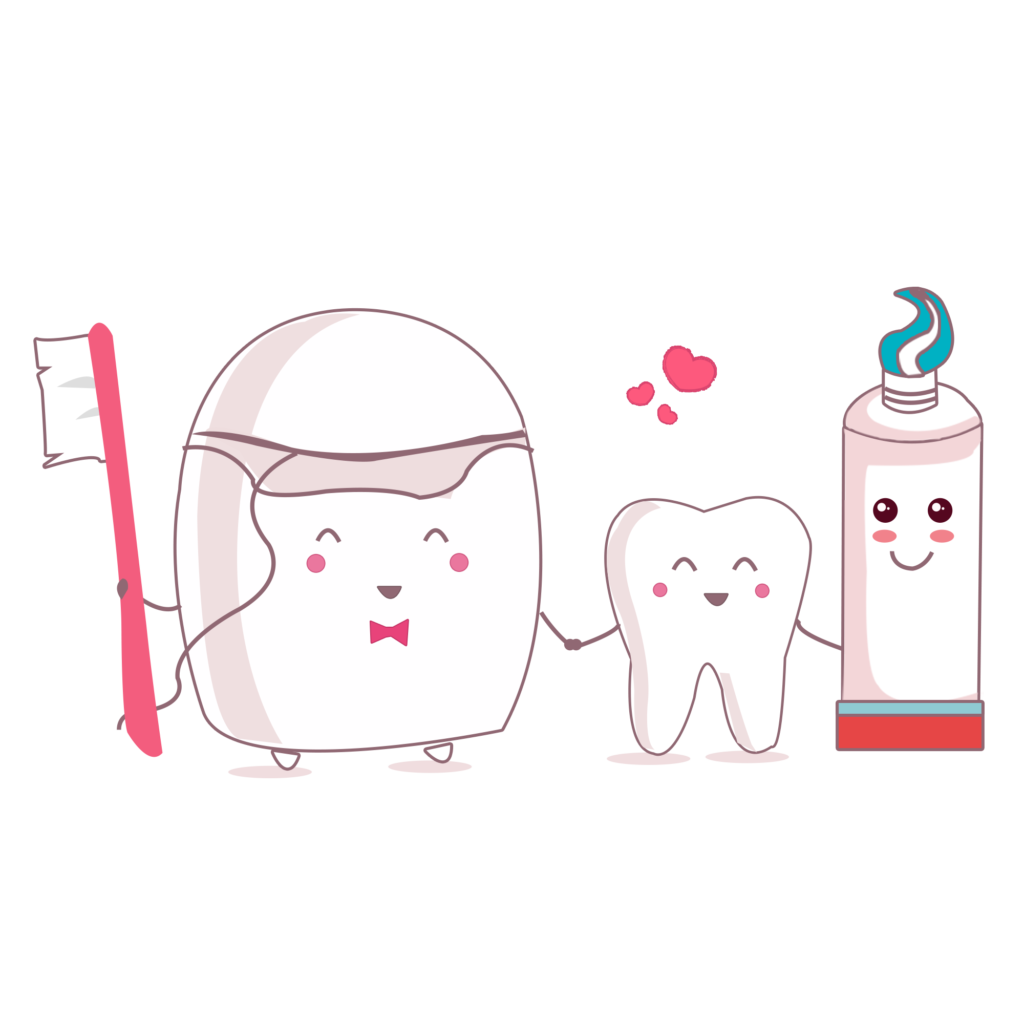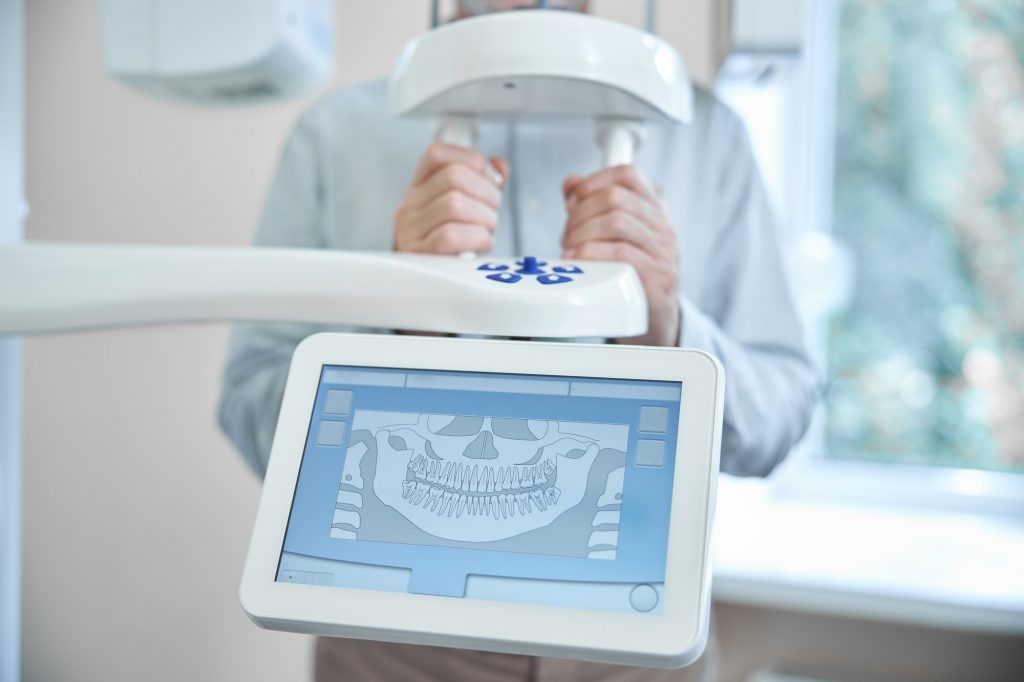The caries
The wear of the teeth , also known as caries ή cavities of teeth , is the breakdown of teeth due to acids produced by bacteria. The cavities can have various colors from yellow to black. Symptoms may include pain and difficulty eating. Complications can include inflammation of the tissue around the tooth, tooth loss and infection or abscess formation
The cause of the cavities is acid from bacteria that dissolve the hard tissues of the teeth ( enamel , dentin and cement ). The acid is produced by bacteria when they dissolve food debris or sugar on the tooth surface. The simple sugars in food is the main source of energy for these bacteria, and therefore a high-sugar diet is the main source of energy for these bacteria. risk factor. Risk factors include conditions that lead to less saliva such as: diabetes mellitus , Sjögren's syndrome. Drugs that reduce saliva production include aantihistamines and antidepressants. Η caries is also associated with poor mouth cleaning and receding gums resulting in exposure of tooth roots.
Prevention
Η prevention of caries includes the regular cleaning of the teeth, a diet low in sugars and small amounts of fluoride. Brushing the teeth is recommended twice a day and floss between the teeth once a day. Fluoride can come from water, salt or toothpaste among other sources. Treatment of a mother's caries can reduce the risk to children by reducing the number of certain bacteria that can spread to them. Testing can lead to earlier detection.
Depending on the extent of the lesion, various treatments can be used to restoration of the proper function of the tooth or canί to remove the tooth. Treatment availability is often small in the developing world. Η paracetamol (acetaminophen) or the ibuprofen may be taken for pain.
Around the world, about 3.6 billion people (48% of the population) have tooth decay in their teeth. The World Health Organization estimates that almost all adults have dental caries at some point. In infant teeth affects about 620 million people or 9% of the population. They have become more common in both children and adults in recent years. The disease is more common in the developed world due to the greater simple sugar consumption and less common in the developing world
Signs and symptoms
A person who has caries may not be aware of the disease. The earliest sign is the appearance of a white spot on the surface of the tooth, indicating an area demineralisation of the enamel. This is referred to as a white spot, a primary caries or a "microcavity". As the lesion continues to demineralize, it may turn brown but will eventually turn into a cavity. Before the cavity is formed, the process is reversible, but once a cavity is formed, the lost tooth structure can not reborn. A lesion that appears dark brown and shiny suggests that there was once caries, but the demineralisation process has been stopped, leaving a stain. Active decay has a lighter color and dull appearance.
As the enamel and the dentin are destroyed, the cavity becomes more noticeable. The affected areas of the tooth change color and become soft to the touch. Once the decay passed through the enamel, the dental tubules, which have passages in the nerve of the tooth, are exposed, resulting in pain that may be transient, temporarily aggravated by exposure to heat, cold or sweet foods and drinks. A tooth weakened by extensive internal wear can sometimes suddenly break under normal chewing forces. When the decay has progressed far enough to allow bacteria to invade the pulp tissue in the center of the tooth, a toothache may occur and the pain will become more constant.
Η caries may also cause bad breath and unpleasant taste. In very advanced cases, an infection can spread from the tooth to the surrounding soft tissues. Complications such as sinus thrombosis and Ludwig's angina can be life-threatening.
Cause
Required four things about caries formation: tooth surface ( enamel or dentin), caries-causing bacteria, fermentable carbohydrates (such as sucrose) and time. This involves food sticking to the teeth and creating acids from the bacteria that make up the dental plaque. However, these four criteria are not always enough to cause the disease and a protected environment that promotes the growth of a cardiogenic biofilm. The procedure caries disease does not have an inevitable effect, and different people will be sensitive to different degrees depending on the shape of their teeth, their oral hygiene habits and their saliva storage capacity. Caries can occur on any surface of a tooth exposed to the oral cavity, but not on the structures retained within the bone. Tooth decay is caused by the biofilm (dental plaque) that is found in the teeth and matures to become cardiogenic (causes decay). Certain bacteria in the dental plaque produce acid in the presence of fermentable carbohydrates such as sucrose , fructose and glucose .
The cancers occur more often in people from the lower end of the socioeconomic scale, in relation to individuals from the upper end the socio-economic scale.



























